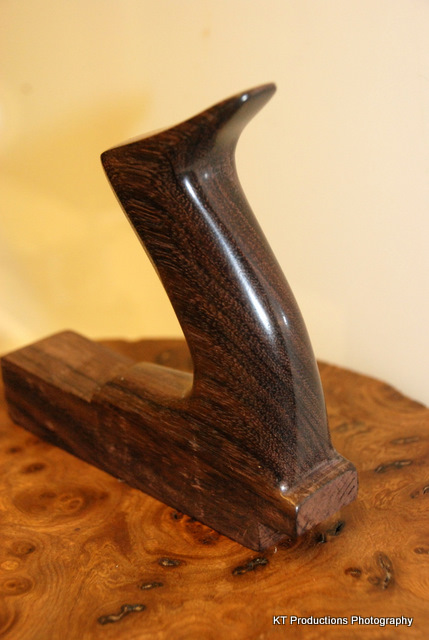big soft moose
Established Member
- Joined
- 22 May 2008
- Messages
- 5,079
- Reaction score
- 0
JoinerySolutions":rbapwevn said:but... the satisfaction one gets from making hand cut dovetails that fit just so ...
thats because you can

JoinerySolutions":rbapwevn said:but... the satisfaction one gets from making hand cut dovetails that fit just so ...
mtt.tr":3r9kq7hu said:Why do these people never show work that they have done just criticise
Saint Simon":12omkuqx said:I also hope no one comes onto the hand tools forum and says we shouldn't be talking endlessly about hand tools and how to use them and keep them sharp. I
NickUrquhart":3f0khg4s said:Have you had any issues with rounding your edge when flattening the backs on paper using pressure? One of my real pains was just getting a blade to cutting sharpness, only to give it one last back rub on the 6000 waterstone, then losing the edge. I found that too much downward pressure was causing the edge to sink into the slurry and rounding the back edge so that i could see light roll over toward the bevel.
Out of interest what paper would you recommend? I recently tried some Mirka, but the finer grits tend to rub off the abrasive and glue.
cheers, Nick.
John - I agree, it is a lot of work to get the backs of chisels polished (try Jap onesBenchwayze":m8lse4uf said:NickUrquhart":m8lse4uf said:Have you had any issues with rounding your edge when flattening the backs on paper using pressure? One of my real pains was just getting a blade to cutting sharpness, only to give it one last back rub on the 6000 waterstone, then losing the edge. I found that too much downward pressure was causing the edge to sink into the slurry and rounding the back edge so that i could see light roll over toward the bevel.
Out of interest what paper would you recommend? I recently tried some Mirka, but the finer grits tend to rub off the abrasive and glue.
cheers, Nick.
Hi Nick,
Welcome to the Forum.
I decided that for planes and chisels I could do without a mirror finish. It's mainly cosmetic and the difference in the edge between mirror-back and fine ground is minimal. In effect the advantages outweighed the work I was putting in. (As you get older, this mindset settles in!)
So now, I merely ensure the backs are flat. I am satisfied with a 'matt' finish, as long as there is enough shine to give me a reflection I can use. (When paring 45 degree joints on inlay banding for instance.) Not polishing saves a lot of time too and my planes and chisels still cut without effort.
HTH and Happy working
John
It would be nice to know if the 3M sheets last longer. Mainly so I know if I should order more sheets when ordering the kit.
chingerspy":1i93xhcs said:Good to know Jim thanks. I checked fleabay earlier and found that WSH were the only ones selling the 3M PSA sheetsLooks like Matthew will be getting some of my money next month.

Enter your email address to join: